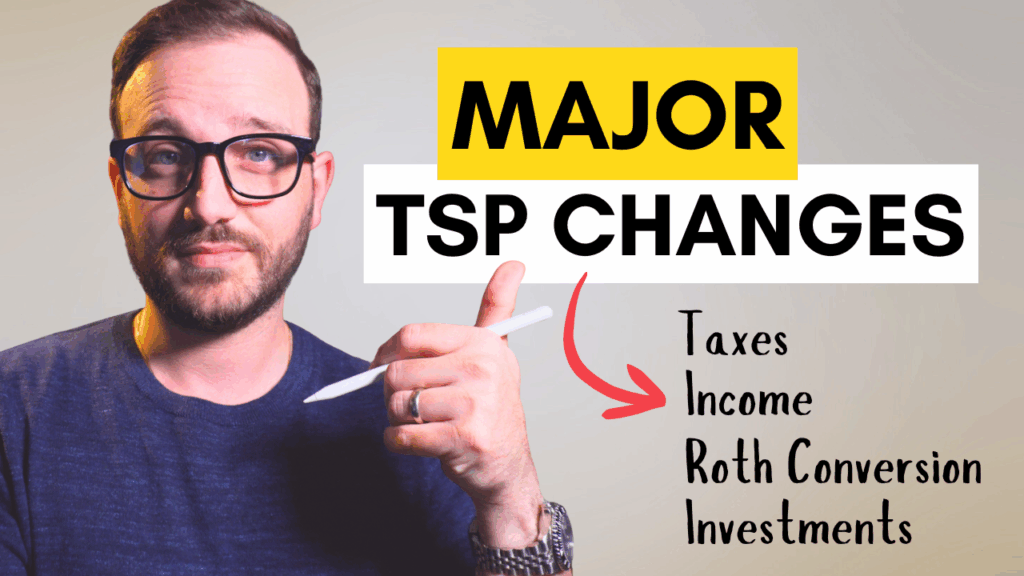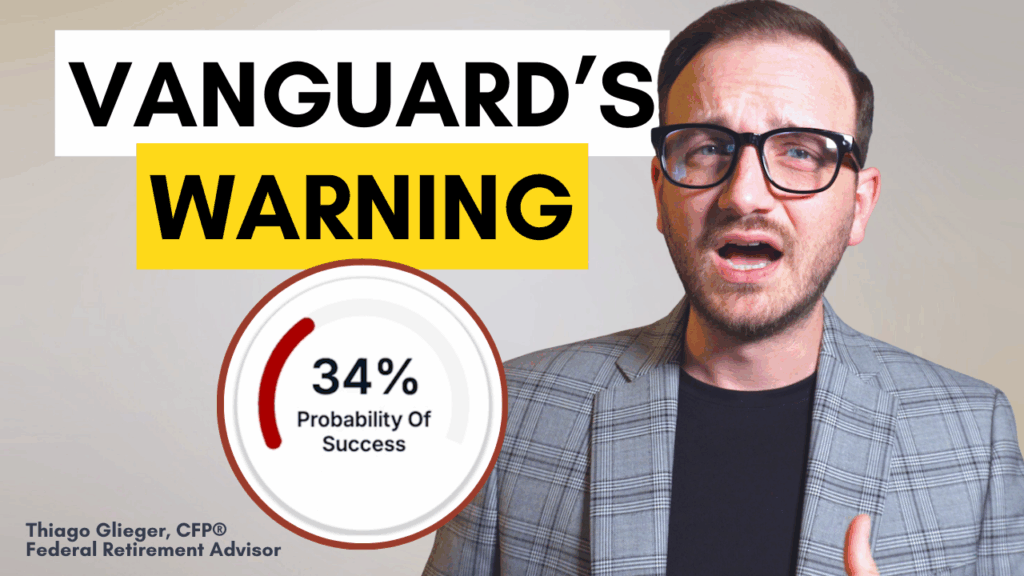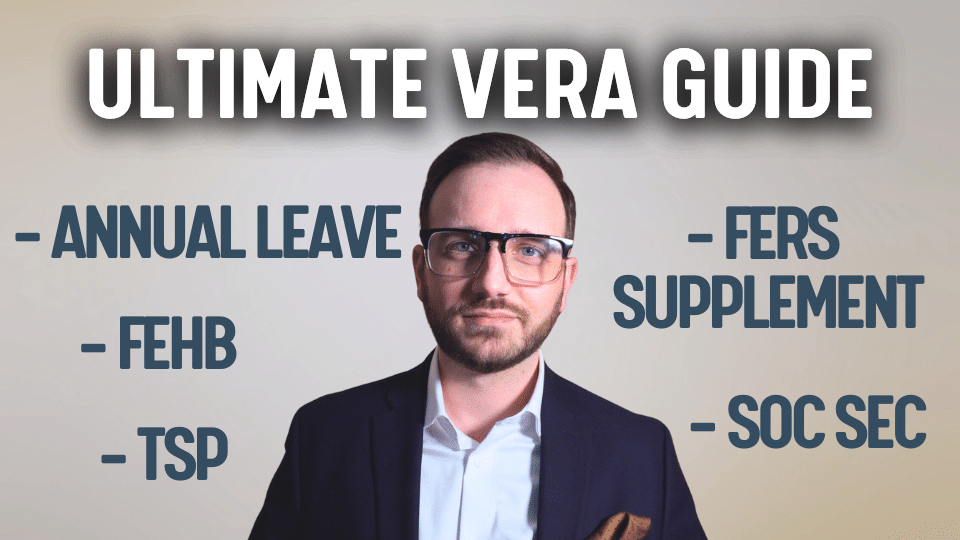Biggest Shake-Up in Retirement Accounts In Years
The TSP has always been predictable. Five core funds. Broad market indexes. Simple, vanilla choices. But that could be about to change.
If Trump’s new executive order gets its way, retirement accounts might soon open the door to “alternative” investments: cryptocurrency, private equity, real estate, and more.
What Are “Alternative” Investments?
In most work-based retirement plans like the TSP or 401(k)s, you’re handed a fixed “menu” of investment options. For the TSP, that menu is small: the C, S, and I stock funds, plus the F bond fund and the G cash-like fund.
They’re “safe” in the sense that they’re familiar. They track major indexes. They’re easy to understand. But major indexes can also come with major volatility—ups and downs—which isn’t something retirees care for. Their ability to manage risk is limited.
Alternative investments—“alts” for short—are different. They include assets that don’t trade like regular stocks and bonds. Private equity. Crypto. Real estate deals. Hedge funds. Venture capital. The stuff that Americans have not seen inside their retirement accounts.
The Executive Order
On August 7, 2025, Trump signed an executive order instructing federal agencies—from the Department of Labor to the SEC—to clear a path for retirement plans to offer these types of assets.
The TSP isn’t technically a 401(k) and does not operate under ERISA, so this doesn’t have an immediate impact to the TSP. However, it functions similarly. That means changes to the broader 401(k) landscape could spill into the TSP—especially through its Mutual Fund Window, which already allows participants reach beyond the core funds, albeit with tons of restrictions and costs.
Changes to the TSP options involves a different process than the EO used for ERISA plans, but the inclusion of thousands of mutual funds options in the MFW—many of which are high risk and speculative—can lead one to believe that there could be a future where alts are available in the TSP.
Why All the Recent Buzz?
Diversification. Higher returns. The thrill of owning something outside the plain-vanilla index funds you’ve had for decades. Wall street has been pushing alts for the average investor for years, and technology now makes it possible.
The CFA institute outlines the myriad potential benefits of owning alts in a portfolio, and how in some cases there’s the opportunity to increase returns (or at least keep them the same) but greatly reduce risk and volatility. What’s not to love?
If these new choices become available, you might feel that pull. After all, crypto’s had explosive gains over the last several years, and retirement funds couldn’t participate. Private equity has minted billionaires.
But here’s the reality check: this isn’t your “tried-and-true” retirement portfolio anymore. It’s like swapping your reliable sedan for a race car—only now, the racetrack is your retirement account.
Take Caution
This isn’t to say alternative investments are bad. Many very wealthy Americans have built fortunes with them.
The problem? They’re complex. They’re often illiquid. They can be expensive to own. And they require you to understand exactly what you’re getting into, kind of like a private investment.
Think of it like an experimental drug. It might help some people, but it can also hurt others. Even professional advisory firms approach alts carefully.
Using index funds, like your TSP core funds or various others from big firms like Vanguard, Fidelity, and others, creates a simple portfolio that can be calculated into some degree of predictability. Adding alts changes the return profile of your portfolio, sometimes in ways you won’t see until a major market or economic event hits.
What’s Next?
Firms like Vanguard, Fidelity, and BlackRock are already building products to bring alts into retirement accounts. But it will take time—regulators must still write the rules, and plan sponsors must decide whether to add them. The TSP will have to undergo its own process if incorporating alts, but it has demonstrated it wants to keep up with investor demands.
That time is your opportunity to learn. If these investments come to the TSP—or if you consider them after you retire—you want to be making smart, informed choices, not emotional ones.
How to Think About It
Ask yourself:
- Am I chasing the latest shiny asset—or protecting tomorrow’s peace of mind?
- Can I afford to lock money away in opaque investments when I might need it?
- Am I overcomplicating my investments for no good reason?
And then:
- Pause the emotional autopilot. Don’t let headlines or FOMO make the decision for you.
- Educate yourself. Alts behave differently from index funds. Some have high fees. Some are hard to sell. Some move in strange ways with interest rates or economic shifts.
- Stay grounded in your strategy. How will this affect your long-term plan? Have you stress-tested your retirement income if the market turns south? How will you hedge the risk?
The Bottom Line
Alternative investments could be an exciting new tool in your retirement toolkit. But a tool is only useful if you know how—and when—to use it.
The question isn’t whether these investments are good or bad—it’s whether they’re right for your plan.
In retirement, the goal isn’t just to keep up with the headlines. It’s to make sure your wealth allows you to keep the life you want. After all, it’s not just your money, it’s your future.



